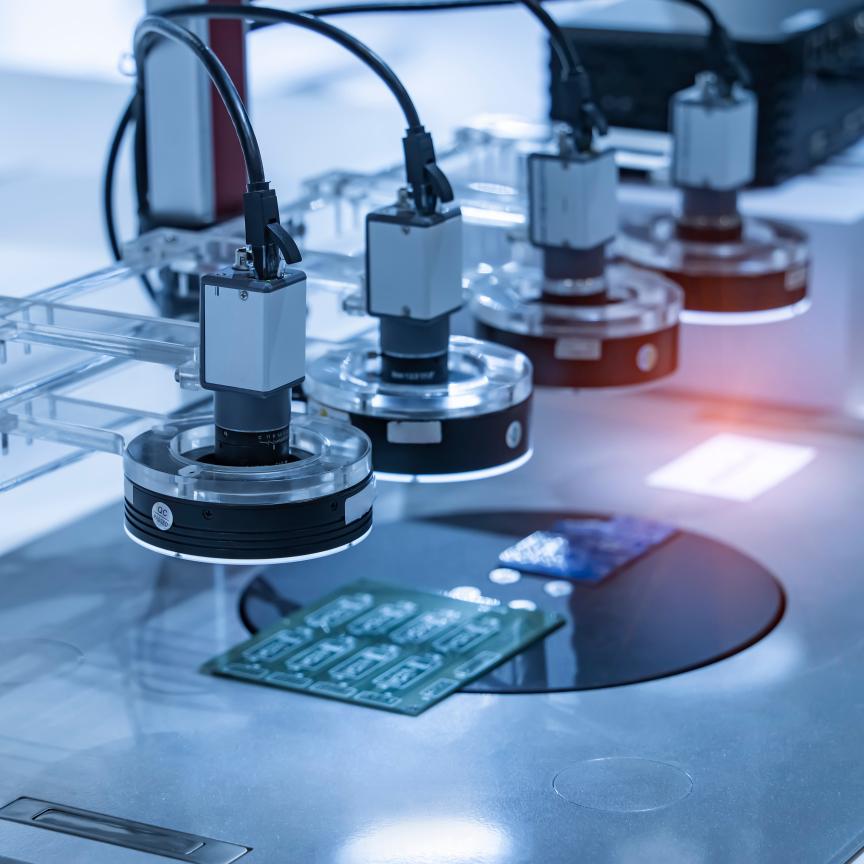The University of Miami Miller School of Medicine has invested in a LIMS for use in its spinal cord injury research in the laboratories of the Miami Project to Cure Paralysis.
The Miami Project to Cure Paralysis is the world's largest spinal cord injury research centre, looking for new treatments by understanding injury mechanisms and researching treatments to prevent cell death after spinal cord injury. Vance Lemmon, PhD, professor of neurological surgery, co-directs the Laboratory for Axon Growth and Guidance at The Miami Project to Cure Paralysis, which investigates genes involved in axon growth and guidance during nervous system development and regeneration subsequent to spinal cord injury. The project selected Nautilus LIMS from Thermo Fisher Scientific.
'Our work is accomplished using a technology called high content screening,' said Dr Lemmon. 'High content screening generates very large quantities of data, which the laboratory previously managed via manual methods such as spreadsheets, notebooks, and databases.'
Dr Lemmon's experiments take advantage of extensive compound and gene collections stored in 96-well plates. The Miami Project team selected Nautilus LIMS because they believe it could help them successfully keep abreast of the large volumes of data and keep track of the reagents in hundreds of 96 well plates. During the selection process they also underscored the versatility of Nautilus and its proven ability to manage plate data and to adapt to the workflow needs of the academic laboratory.
Because of the nature of the translational clinical research underway at The Miami Project to Cure Paralysis, the laboratory uses complex and rapidly changing workflows. Twenty academic research scientists work collaboratively on many different experiments, but the manual nature of their current recordkeeping makes it impossible to track and access the growing number of experimental results. Dr Lemmon required a LIMS that could easily and rapidly capture all the data from the experiments, as well as one that could quickly identify raw materials used in the experiments since reagent quality can have a significant impact on the results. The laboratory looked at 10 LIMS suppliers and found that Thermo Scientific Nautilus offered the best plate handling tools (the laboratory uses many multi-well plates) and its workflow functionality allowed the laboratory to track its experiments and capture their complicated results in a way no other LIMS demonstrated.
'My laboratory has seen an explosion in the number of cells we analyse - to levels around 250,000 per week with hundreds of molecular treatments - and we needed to be able to access that data and analyse it to give us knowledge that was not otherwise available without the LIMS,' said Dr Lemmon. 'Our academic processes are now so complex and Nautilus will give us the information we were struggling to extract.'


